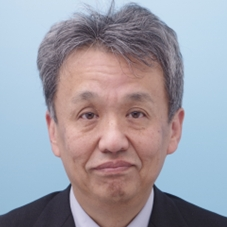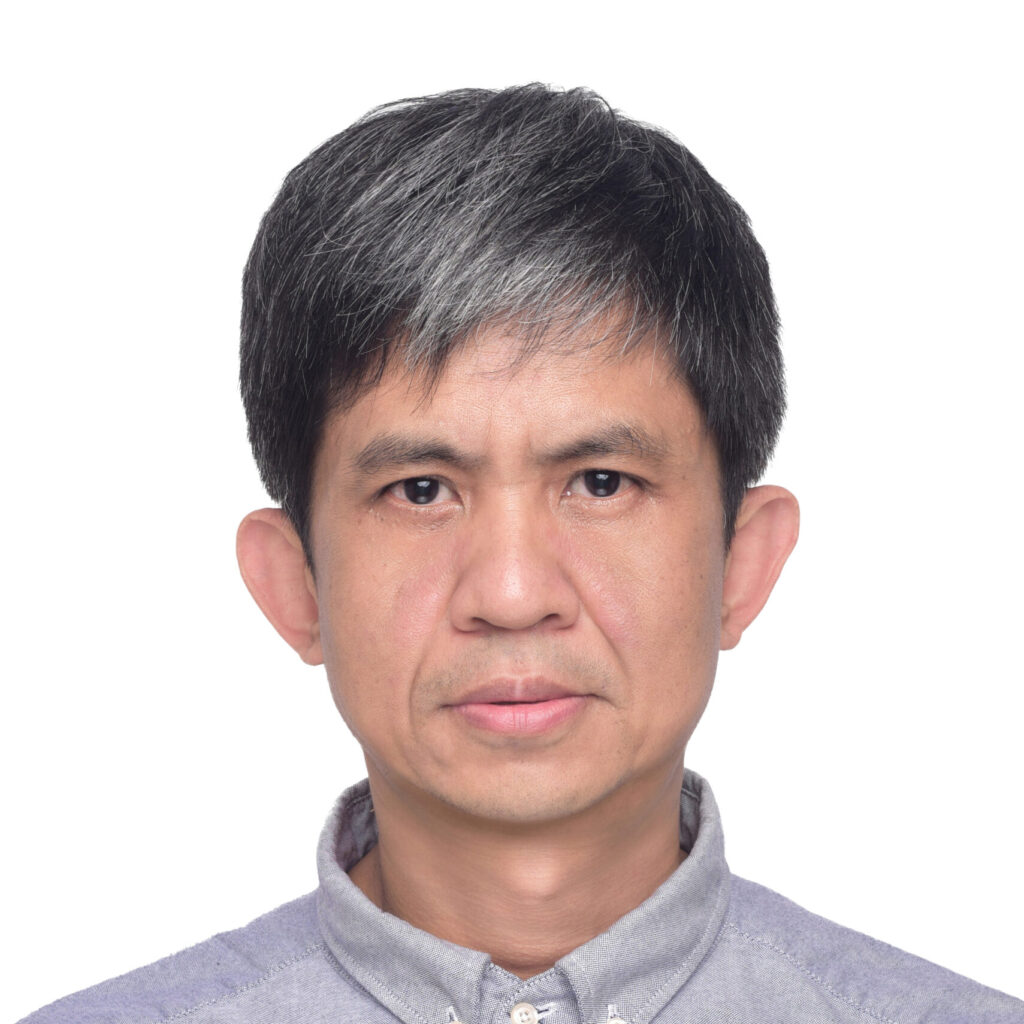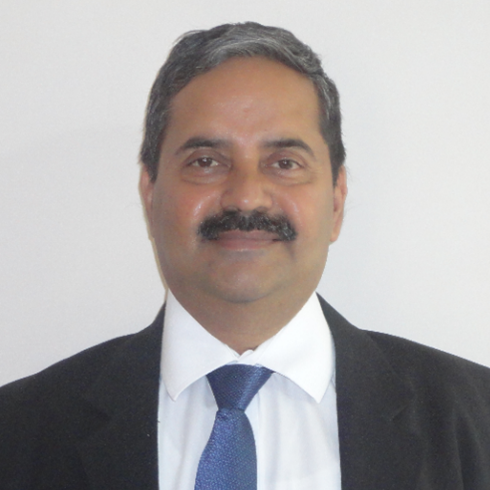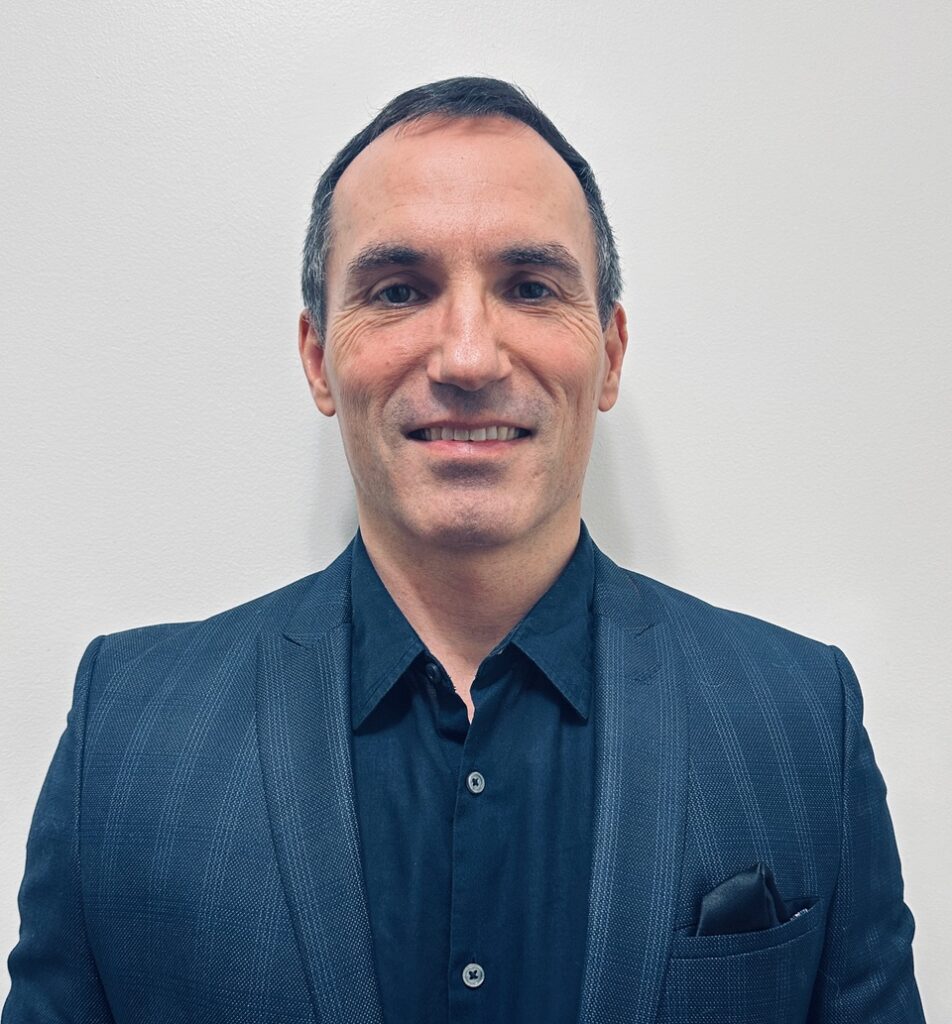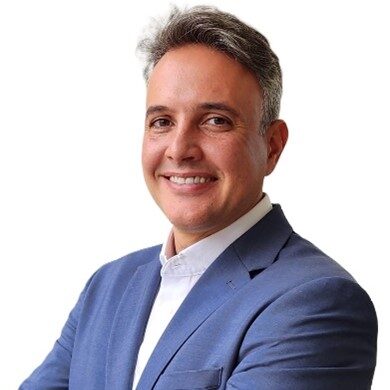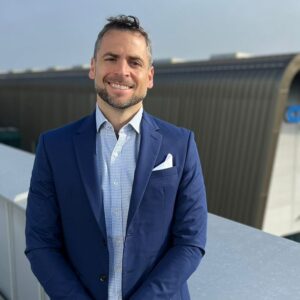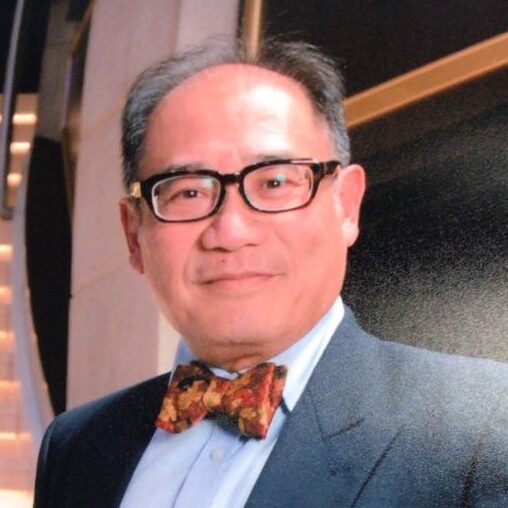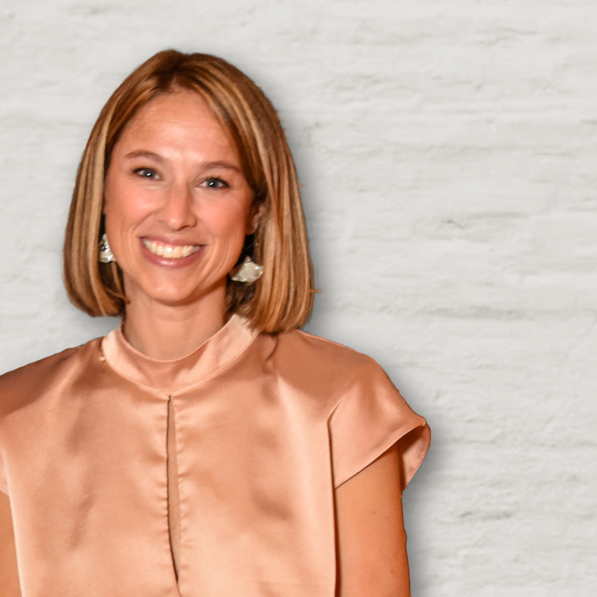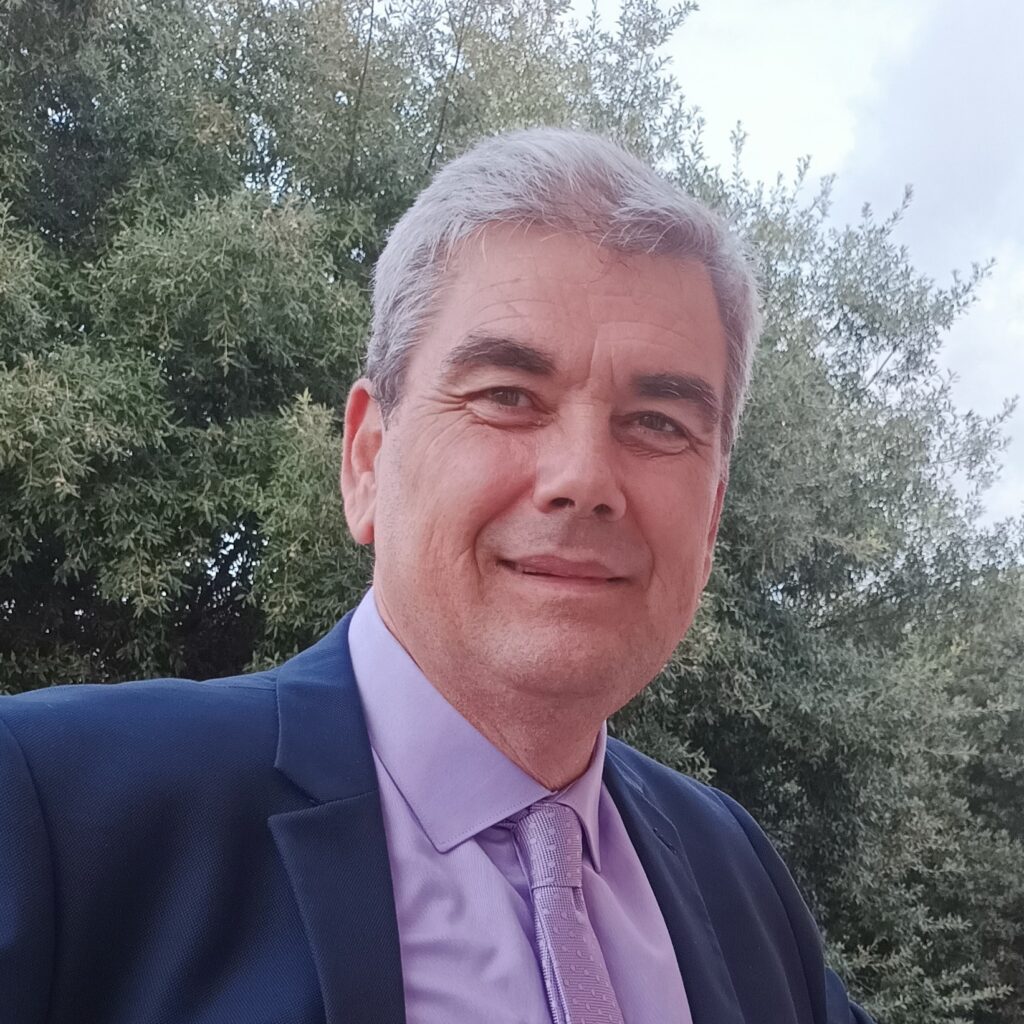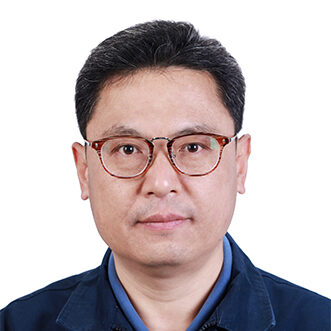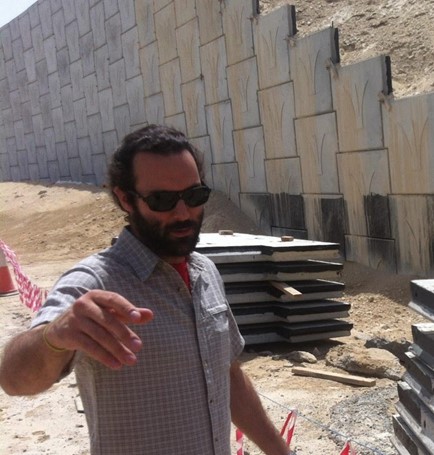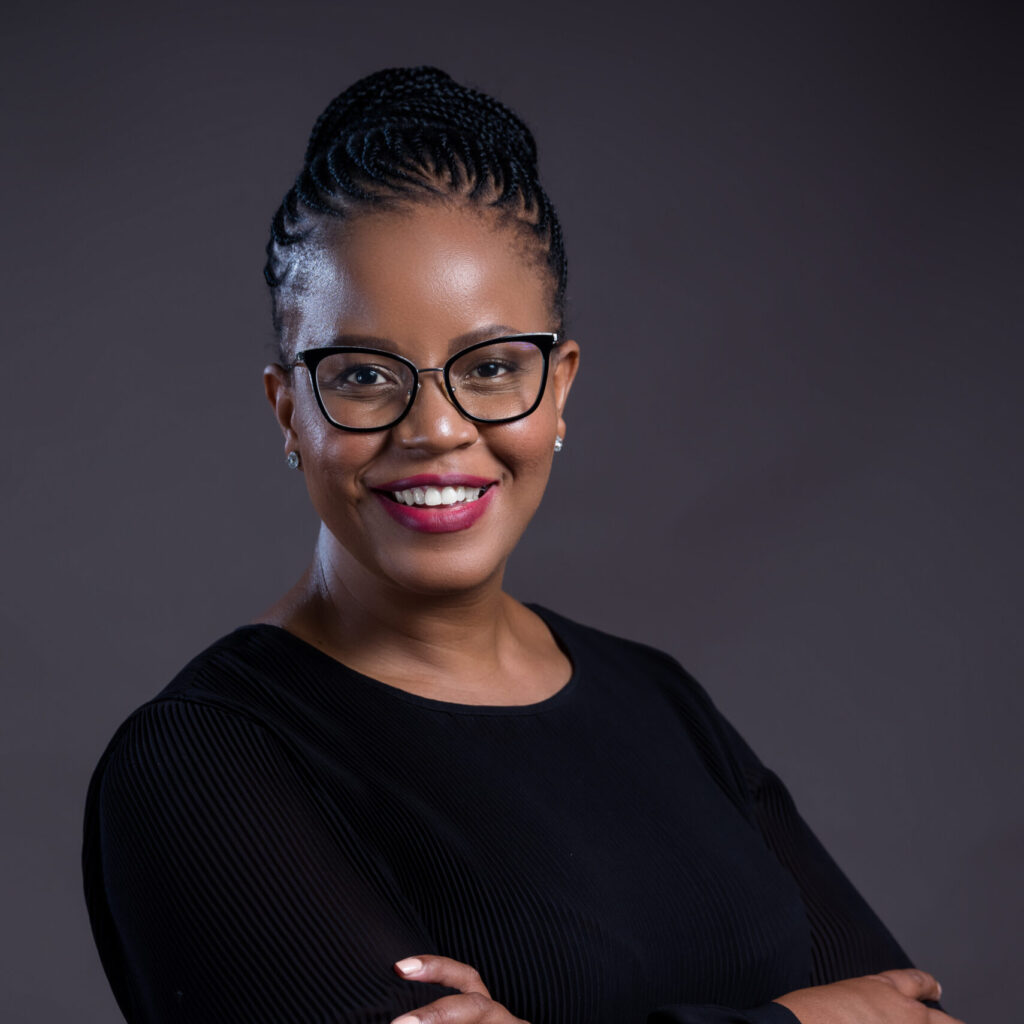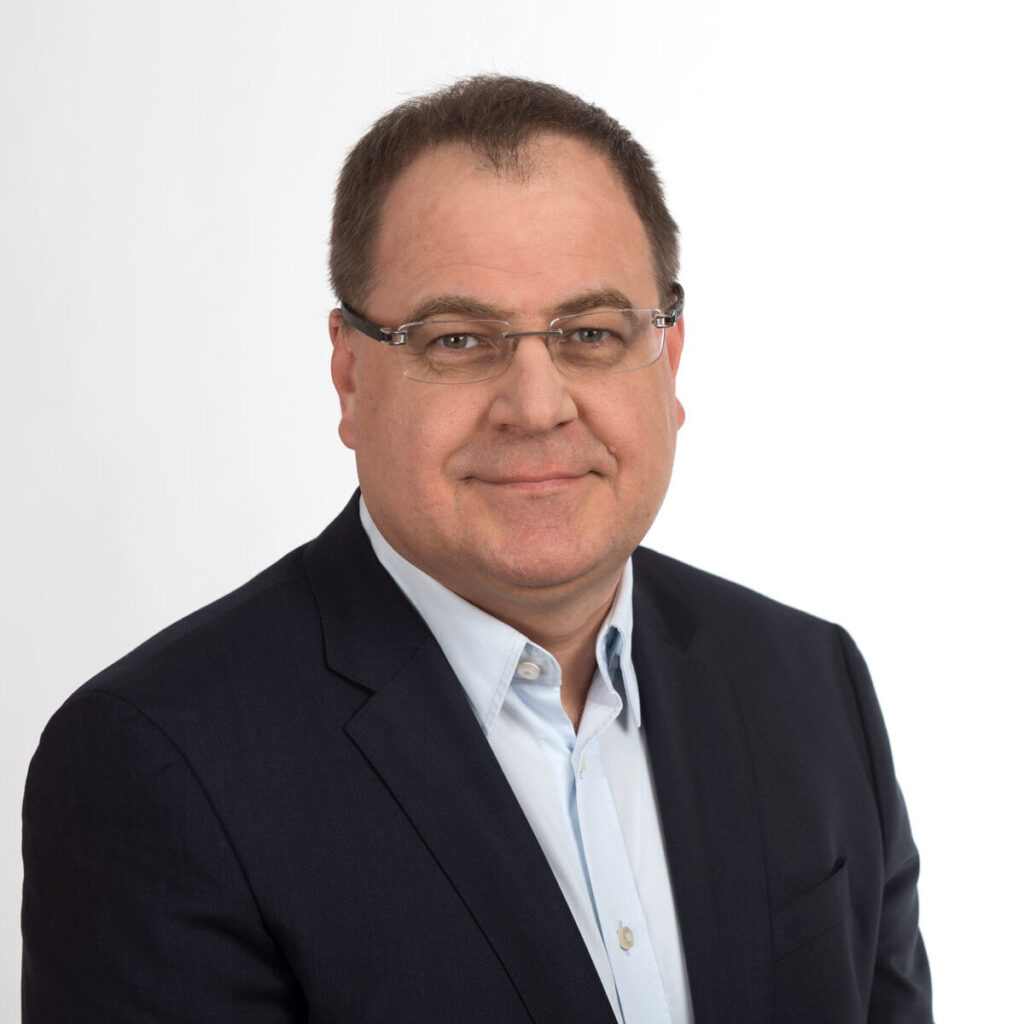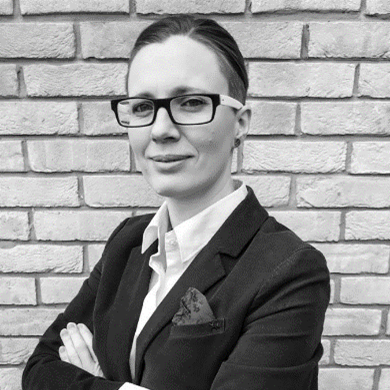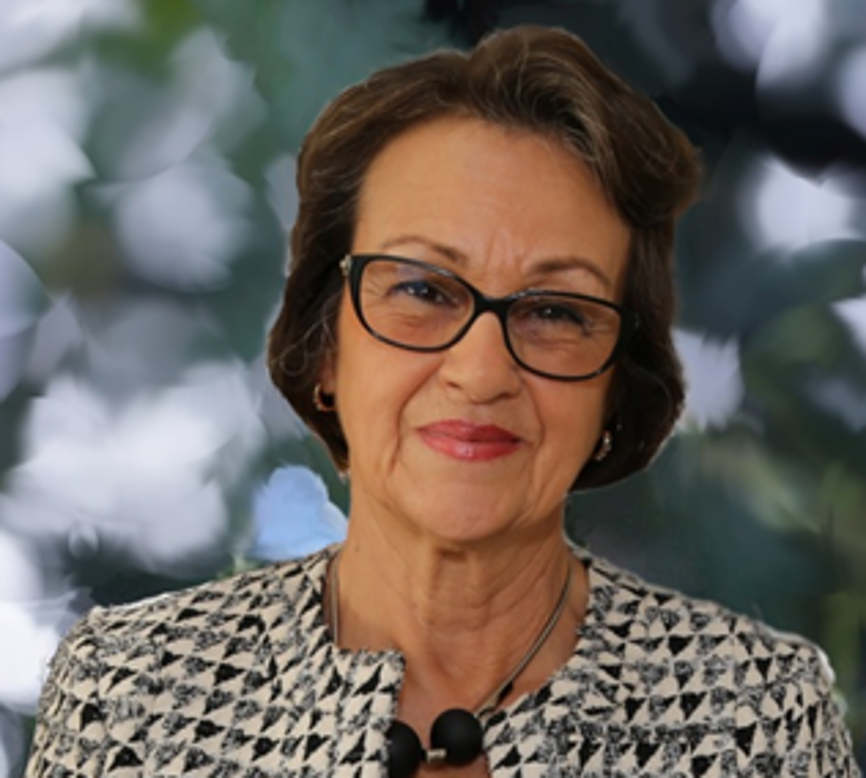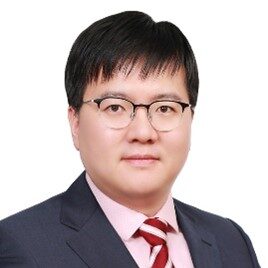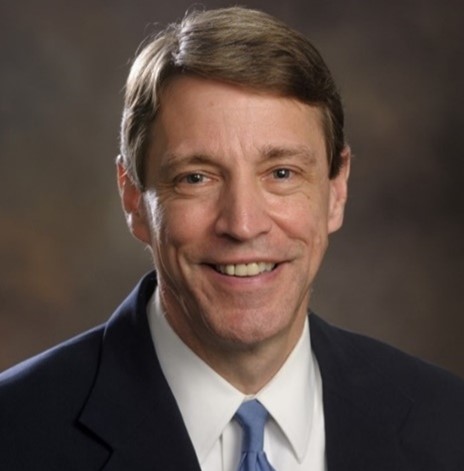In January 2020, the International Geosynthetic Society, Technical Committee on Barriers (TC-B), held a back-to-back workshop with the Technical Committee on Reinforcement (TC-R) at the Barcelona Technical University, Barcelona, Spain.
The TC-B event was titled “GeoBarrier Developments, Advancements, Durability, Performance, and Innovations” and was attended by 84 delegates from 23 countries. The workshop sought to promote the mission of the IGS which is “to provide an understanding and promote the appropriate use of geosynthetic technology throughout the world”.

The event, organized by Kent von Maubeuge, with the support of Boyd Ramsey and Jonathan Shamrock, was divided into four sessions over two days. Each session was started with 4 to 5 presentations followed by significant time for questions, discussions, and robust debate, enabling participants to share project experience, exchange technical concerns and solutions, and network with colleagues. The main themes of the events were:
-
- Session A: Re-Cap of Munich 2018 Workshop, Geomembrane Puncture Protection, Welding of Geomembranes, Digital Quality Control Systems.
- Session B: Advancements with Geosynthetic Clay Liners.
- Session C: Performance and Durability of Geosynthetic Barriers.
- Session D: Case Histories of Usual and Innovative Barrier Applications.

Session A – Re-Cap of Munich 2018 Workshop, Geomembrane Puncture Protection, Welding of Geomembranes, Digital Quality Control Systems. Session Chairs: Siamak Paulson (Australia) & Boyd Ramsey (USA).
This session contained the following presentations:
-
- Kent von Maubeuge (Germany) – Re-cap of Munch 2018 Workshop
- Richard Brachman (Canada) – Current Testing on Puncture Protection
- Thomas Furrer (Switzerland) – Geomembrane Welding Performance – Field Experience and Interpretation
- Kerry Rowe (Canada) – Testing and Durability of Geomembrane Welding
- Henco Weidlich (South Africa) – Advances made in Field with QC Testing
- Siamak Paulson (Australia) – Advances made in Field with QC Testing
The first session in Day 1 contained presentations on factors impacting geomembrane performance and installation and contained presentations by:
- Richard Brachman presented on protection geotextile testing and how to determine protection efficiency. Testing should be done as a routine part of design. HDPE strain should be limited to 3% total strain, measured by laser, in order to limit possible long-term stress cracking to obtain a >500 years design life. Testing of geomembrane strain should be done using clay/GCL under the specimen to simulate field conditions as closely as possible. The best method available to designers at the moment is comparing their particular design parameters to a database of historic tests available from either geotextile manufacturers or testing laboratories. These tests should list what mass/CBR values of geotextile have been successful at limiting strain to <3% with known gradings of leachate collection aggregate stone at known applied pressure. There is unfortunately no reliable theoretic tool to assist designers to determine what geotextile to use. A sand protection layer could also be used which would significantly limit stains in the geomembrane, but this comes with a risk of damage to the geomembrane during installation.
- Thomas Furrer presented on how different welding parameters impact weld and HDPE material performance. Welding needs to be undertaken at the optimum point to combine weld speed, weld temperature, and weld pressure. It was demonstrated how modern welding equipment can record the GPS location of the weld as it is performed as well as real-time weld parameter recording which can be incorporated into CQA reports.
- Kerry Rowe presented on the impact of welding on geomembrane durability. This is significant as there can be 1500 m of weld for every hectare of geomembrane installed. Weld speed, pressure, and temperature are key to the impact of the welding on the Heat Affected Zone (HAZ) next to dual-track fusion welds. Weld settings determine the amount of squeeze out, which impacts HDPE durability in this zone as evidenced by failure during field testing, in peel specifically, and in a reduction in the STD-OIT of the geomembrane in the HAZ due to thermal effects. The research is providing new insights into optimum weld speed and wedge temperatures for sheet temperatures ranging from +60°C to +30°C. It was also recommended that thickness change of dual-track weld area should be checked, as is included in the German standard DVS 2225(1996). “Joining of Lining Membranes Made of Polymer Materials (Geomembranes) in Geotechnical and Hydraulic Applications – Welding, Adhesive Bonding and Vulcanisation.” DVS 2225, DVS-Verlag GmbH Düsseldorf.

- Henco Weidlich presented on advances in HDPE geomembrane quantity control. He emphasised that installed geomembrane should be QA signed off every day to close out the risk to the installer and client. In general, data from field handwritten forms is not easy to read and understand, and can often contain transcription errors. Collaboration is required by earthworks contractor, lining installer, engineer, and client to optimise installation. Online cloud-based platforms are now making this possible and are available in the marketplace.

Session B: Advancements with Geosynthetic Clay Liners Session Chairs: Craig Benson (USA) & Gemmina Di Emidio (Belgium)
This session contained the following presentations:
-
- Wolfgang Lieske (Germany) – Polymer modified Bentonites and their Concept
- Gemmina di Emidio (Belgium) – Unsaturated polymerised clays and the reuse of waste materials
- Kuo Tian (USA) – Advancements on polymer-modified Bentonites in GCLs
- Tarek Abichou (USA) – Assessment of Long-Term Performance of Linear Polymer-Modified Bentonite (LPMB) GCLs
- Craig Benson (USA) – Bentonite-Polymer Composite GCLs: Where they Work and Where they Don’t
- Kerry Rowe (Canada) – Testing on polymer-coated GCLs
The second session on Day 1 contained presentations on Geosynthetic Clay Liners (GCL) and specifically polymer enhanced GCL now available from manufacturers. In summary, there is good evidence for durability of polymers used in enhanced bentonite GCL’s, as long as they are wet mixed, however, it seems all polymers eventually elute (leave) the matrix. This could impact interface shear as eluted products can be a sticky gel with very low shear strength. Polymer elution can also impact the long-term permeability of the bentonite. The benefit of the polymer to the bentonite seems to be in the way the polymer assists the bentonite to hydrate by absorbing the initial cation load, or that it blocks the pores in the bentonite structure, or both.
Craig Benson highlighted that in general MSW leachates are in the sweet spot for bentonite hydration when examined on a plot of relative abundance of monovalent and divalent cations versus ion concentration, so are generally safe to use unmodified. He does, however, recommend that a 1-day swell index test with leachate be undertaken, and if swell is under 16 then the designer should consider running long-term permeability tests. This, however, takes time; 10 to 20 pore volumes to stabilise, so at least 6 months should be allowed. There is also good evidence now showing that powdered bentonites perform better than granular in terms of bentonite erosion, and they are also better for undertaking polymer modification as it lends itself to better mixing. It is also important to consider how you will do CQA on polymer-modified bentonites, how will you check product that was lab-tested is the same as what arrives on-site?
There was significant discussion and debate around the use and application of these products that were carried over into the conference dinner that was held at the end of the first evening at the Restaurant Alba Granados. Little did we realise at the time what a privilege it was to be able to have a dinner and conversation with delegates from all over the world and the impact the unprecedented year, that was to follow our return from the workshop, would have on the world.

Session C: Performance and Durability of Geosynthetic Barriers. Session Chairs: Kerry Rowe (Canada) & Malek Bouazza (Australia)
This session contained the following presentations:
-
- Boyd Ramsey (USA) – Barrier Systems for Sealing against PFAs
- Malek Bouazza (Australia) – Thirty years ago, scientists warned about PFAS, and hey, they were right
- Richard Brachman – Effect of hydration on GCL permeability
- Kerry Rowe (Canada) – HDPE geomembrane Oven aging and OIT; assessing the effects of leachate chemistry
- Graham Fairhead (Australia) – Durability Testing – Improving reproducibility and predictive test accuracy
The first session of Day 2 contained presentations on emerging topics such as PFAS, and HDPE geomembrane durability.
- Boyd Ramsey and Malek Bouazza discussed the history and latest testing being conducted on PFAS (per and polyfluoroalkyl substances) and barriers. From evidence available at the time of the workshop, it is considered acceptable to use HDPE as a barrier to PFAS containing waste.
- Richard Brachman highlighted how a GCL competes with soil for moisture, so the higher the clay content of the GCL substrate, the higher the suction it generates, and therefore the less hydration water is available to the GCL.
- Kerry Rowe highlighted that simply specifying GR GM13 for an HDPE geomembrane to be used in a waste disposal facility is not enough to get confidence in the durability of installed geomembrane. The initial index properties of the geomembrane do not predict long term performance. His suggestion is to incubate liner samples in synthetic leachate and then test to obtain the rate of STD-OIT depletion. This will allow the designer to accurately determine Stage 1 of antioxidant decay and to better predict geomembrane durability.
- Graham Fairhead presented on the increasingly complex materials acceptance testing requirements in Australia, specifically the 90-day oven aging durability testing and how the increased testing is exposing product and test variability. He concluded that a designer should specify multiple tests be undertaken, and that samples should be extracted at say 60 days to make predictions. This way the project does not have to wait 90 days to find out a material does not pass and have to start the process all over again.
Session D: Case Histories of Usual and Innovative Barrier Applications. Session Chairs: Pete Atchison (UK) & Jonathan Shamrock (New Zealand)
This session contained the following presentations:
-
- Siamak Paulson (Australia) – Integrated Capping System for a Chromium Contaminated Site
- Jonathan Shamrock (New Zealand) – Barriers in steep wall applications
- Kerry Rowe (Canada)– Requirements for high performance geomembranes
- Amir Shahkolahi (Australia) – Risk Based Design Approach for Designing Landfill Lining Systems
- Pete Atchison (UK) – Gas resistant Membranes – where Civil Engineering meets Construction
The final session on Day 2 contained presentations on case histories and usual and innovative barrier applications and contained presentations by:
- Siamak Paulson presented on an integrated containment system for chemical contamination in soil, groundwater and ground-gas. The presentation was a case study of the application of barriers to contain historic hexavalent chrome and volatile chlorinated hydrocarbon contamination. The application of various barrier (geomembrane and coated GCL) and capillary break designs depending on final end use of the specific area of the site was discussed.
- Jonathan Shamrock presented on barriers in steep wall landfill applications. The presentation included design considerations for steep wall lining systems, specifically how to minimise induced stress in the barrier due to waste settlement in the landfill, and included case studies of installed systems showing various examples of subgrade preparation and types of barriers used.
- Dr Kerry Rowe presented on selecting high-performance geomembranes. The presentation summarised research being undertaken to select a suitable geomembrane for low-level radioactive wastes to have a service life > 550 years. All geomembranes tested were compliant with current GRI GM13 specifications, but immersion in elevated temperature synthetic leachate revealed that different geomembranes, with varying additives, had very different rates of antioxidant depletion and thus duration of Stage 1 of service life estimation. Based on the testing it is evident that different geomembranes will have significantly better long-term durability than others. He noted that an approach to addressing this issue was to be, but now has been published in the Canadian Geotechnical Journal paper available for free download from: https://cdnsciencepub.com/doi/pdf/10.1139/cgj-2019-0572.

- Amir Shahkolahi presented on risk-based design approaches for designing landfill lining systems. The presentation summarised the risk-based design approach adopted in Queensland Australia and highlighted the most recent research on the impact of design and construction on long term barrier performance. These risks include effect of GCL subgrade on GCL hydration and performance; effect of temperature on service life of the geomembrane liner, hydration of the GCL, desiccation of the GCL (in composite liners), rate of contaminant diffusion, geomembrane deformation, aging and protection efficiency of the cushion geotextile, and clogging of the leachate collection system; and GCL bentonite erosion including internal erosion due to direct contact with gravel or geonet composite drain, and downslope bentonite erosion.
- Peter Atchison presented on gas resistant membranes – where civil engineering meets construction. The presentation summarised the development of multifoil gas barriers on contaminated site developments since the 1980s and the various products and systems that have been developed. It also highlighted the importance of detailing and on-site quality control and for the designers of barrier systems to work with the structural engineers to get a compatible solution.

All who participated in the workshop found the format of 4 to 5 presentations, and then ample time for questions/discussions, very useful to gain a deeper understanding of the barrier details being discussed. There were already discussions towards the end of Day 2 as to where and when the next event will be held. Unfortunately, not long after the event, the world was plunged into a new reality of having to live with a global pandemic. The TC-B is committed to running future workshop sessions, but in-person events may be a while off yet. In the interim, we are considering shorter, focused online sessions so that information can continue to be shared while we are waiting for the world to return to a new normal.
Workshop report by:
Jonathan Shamrock, compiled from summaries and inputs from the session chairs.






